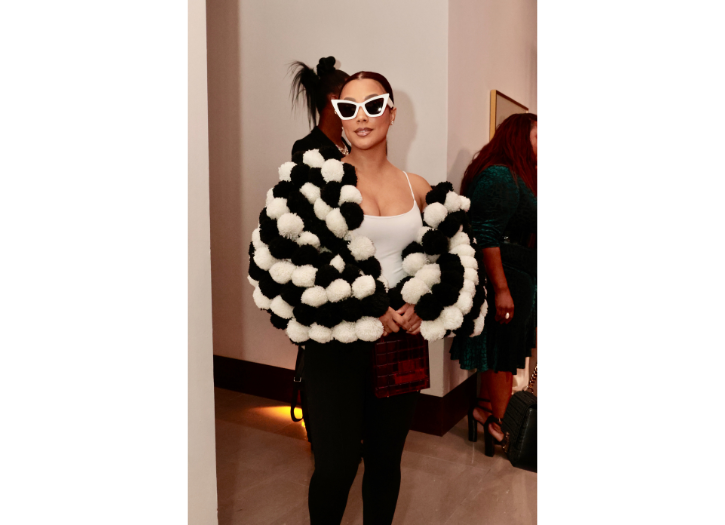Fashion in France is an important subject in the culture and country’s social life, as well as being an important part of its economy.
Fashion design and production became prominent in France since 15th century. During the 17th century, fashion exploded into a rich industry, for exportation and local consumption. In the 19th century, fashion made a transition into specialisation for modern term haute couture, originated in the 1860s, bringing good taste to fashion argot.
The term prêt-à-porter was born in the 1960s, reacting against the traditional notions of fashion and garment-making process, satisfying the needs of pop culture and mass media.Paris acts as the center of the fashion industry and holds the name of global fashion capital. The city is home to many prime designers, including Chanel, Louis Vuitton, Givenchy, Balmain, Christian Louboutin, Pierre Cardin, Yves Saint Laurent, Roger Vivier, Thierry Mugler, Christian Dior, Jean Paul Gaultier, Hermès, Lanvin, Chloé, Rochas, and Céline.
With the decentralization of the fashion industry, many cities including Lyon, Marseille, Bordeaux, Toulouse, Lille and Strasbourg have their own luxury districts and avenues. In recent times, these have become important customers and significant producers. Île-de-France, Manosque, La Gacilly (near Rennes), and Vichy lead the cosmetic industry, home of well-known international beauty houses such as L’Oréal, Lancôme, Guerlain, Clarins, Yves Rocher, L’Occitane, Vichy, etc. The cities of Nice, Cannes and St. Tropez among others in the French riviera are well known as places of pleasure, annually hosting many media celebrities and personalities, potentates, and billionaires. The clothing of France is famous throughout the world.
Louis XIV notably introduced one of the most noticeable feature of the men’s costume of the time: immense wigs of curled hair. A commonly held belief is that Louis XIV started to wear wigs due to balding, and to imitate this his courtiers put on false hair. The wearing of wigs lasted for over a century; they went through many changes, but they were never quite so exaggerated as during this period.Despite the rise of la mode during Louis XIV’s reign, many of the clothes he wore did not survive or were taken from the monarchy’s possession. Much like the Crown Jewels, a French king did not actually own any of his clothes.
They belonged to the Garde-robe du roi (King’s Wardrobe), which dated back to the 16th century. Due to Louis XIV’s changes to the King’s Wardrobe, officers had a right to the clothes once the monarch died, as long as they would not be used by the king’s successor. Furthermore, although the Louis XIV’s formal clothing would change along with the rest of la mode, his ceremonial clothing did not, and remained with tradition. The king also used fashion to create a certain effect or theme.
Chanel founded by Mademoiselle Coco Chanel, it first came to prominence in 1925, its philosophy was to emphasize understated elegance through her clothing.







Add Comment